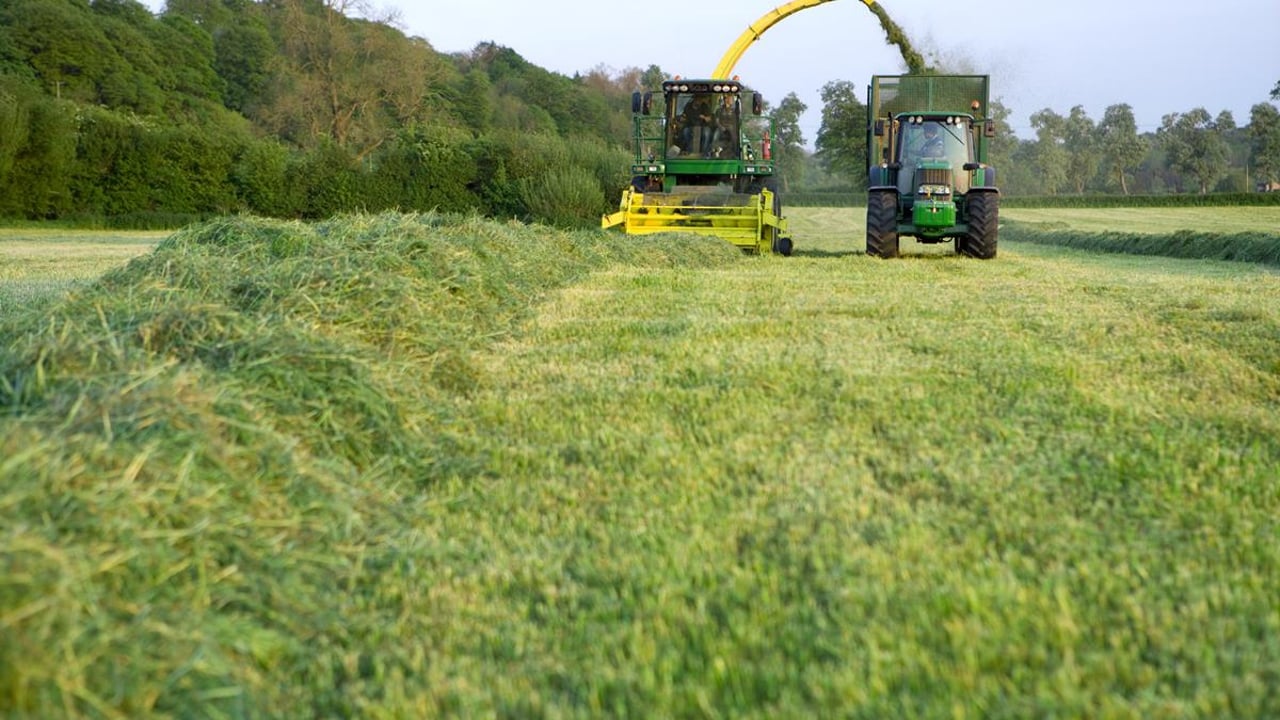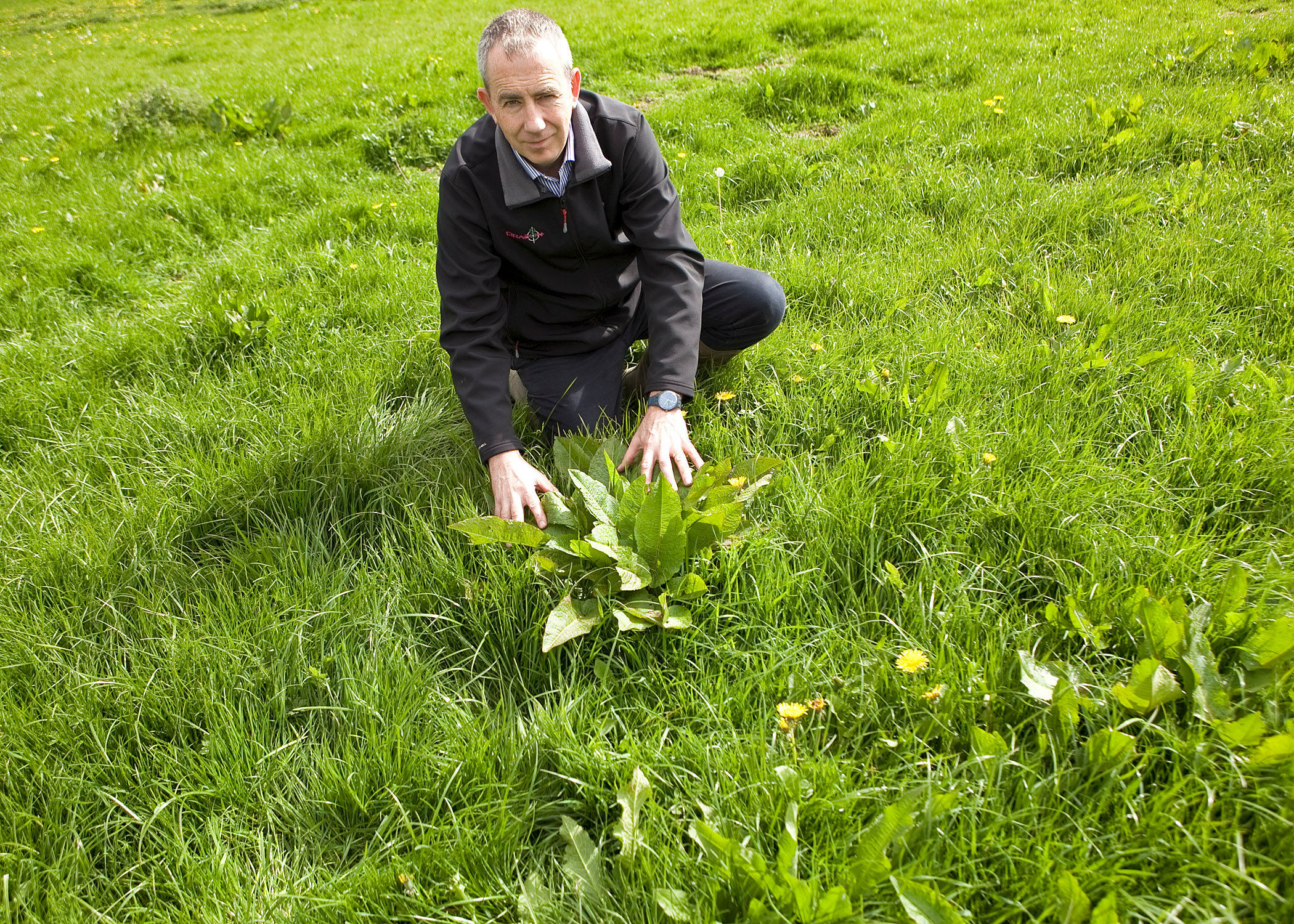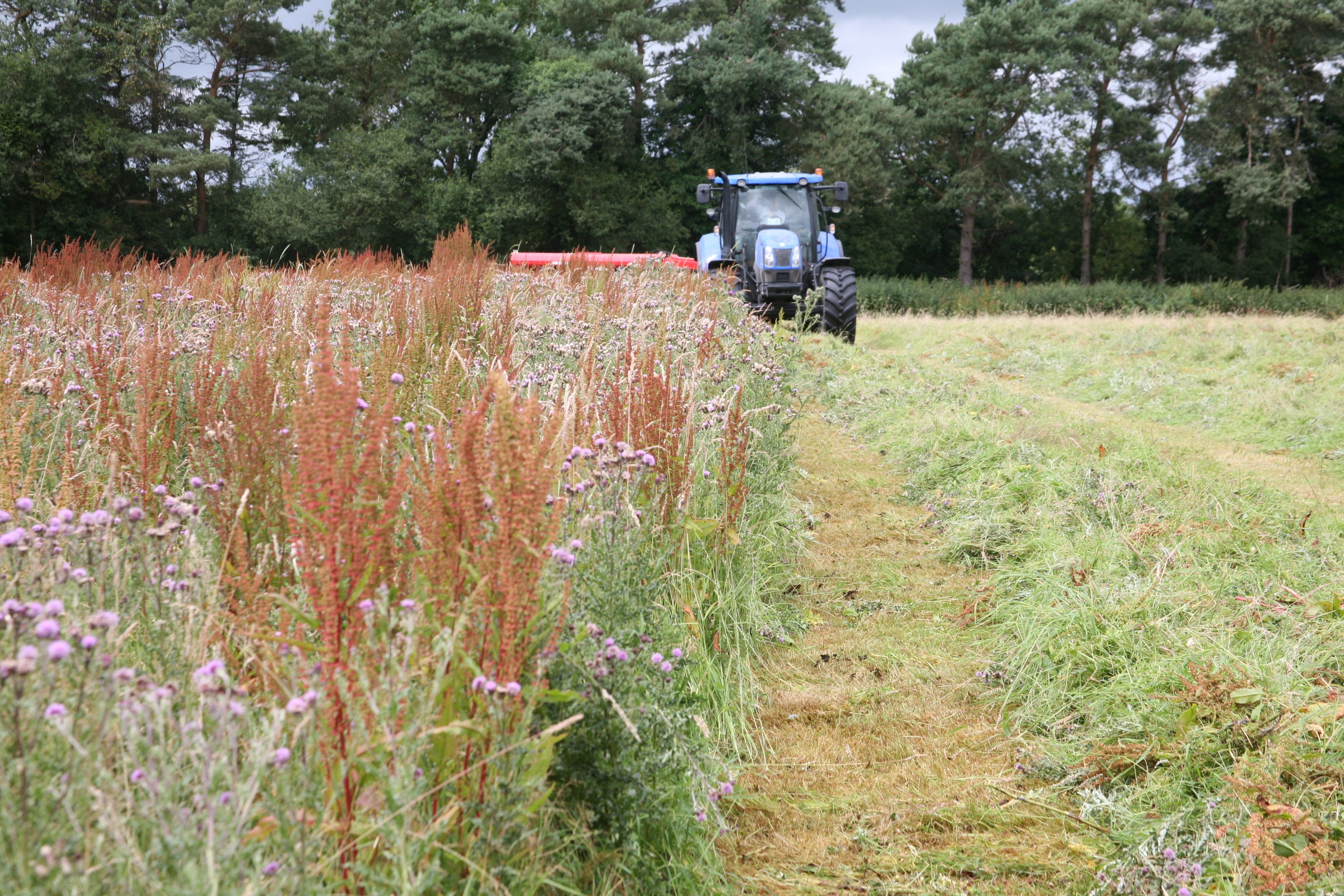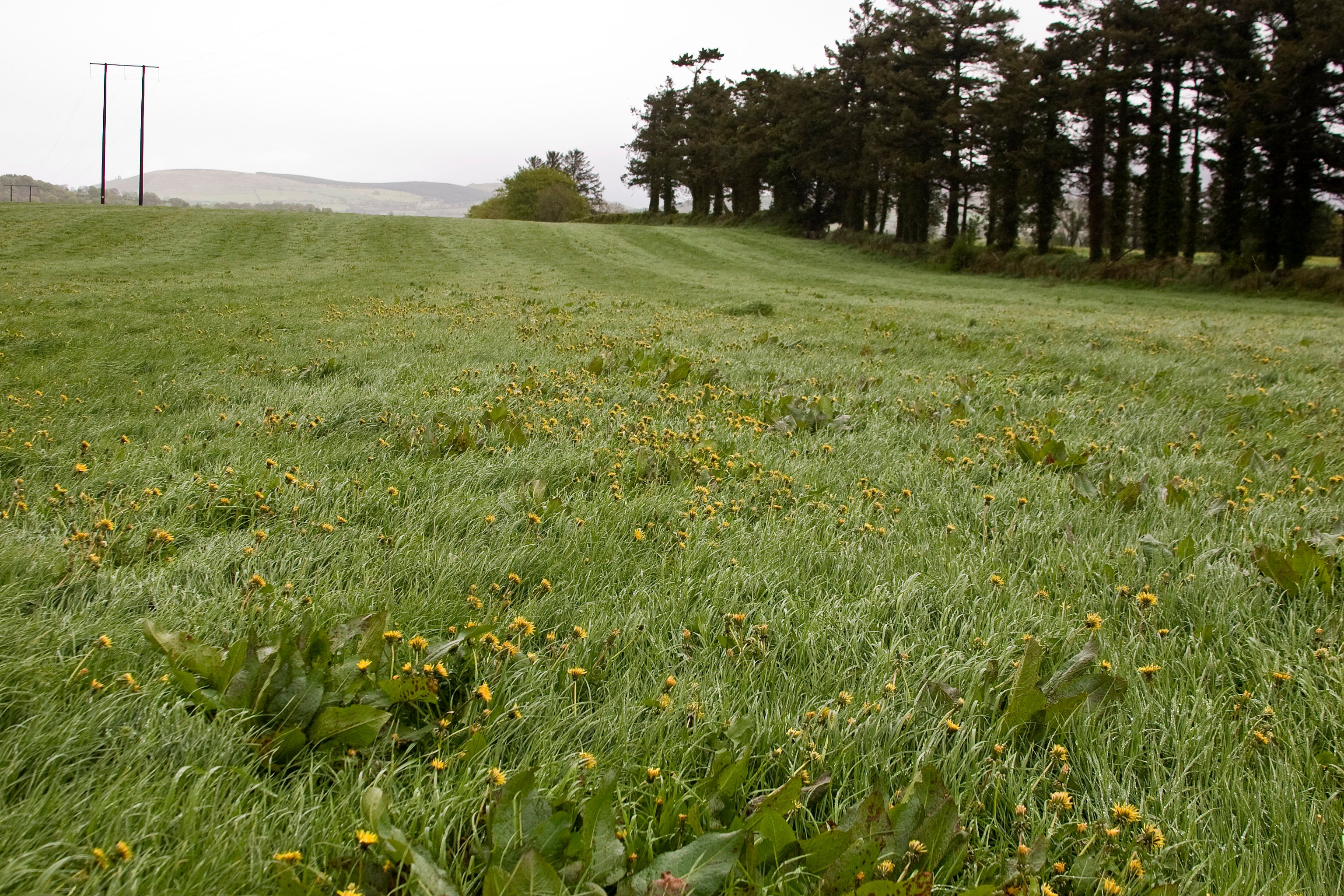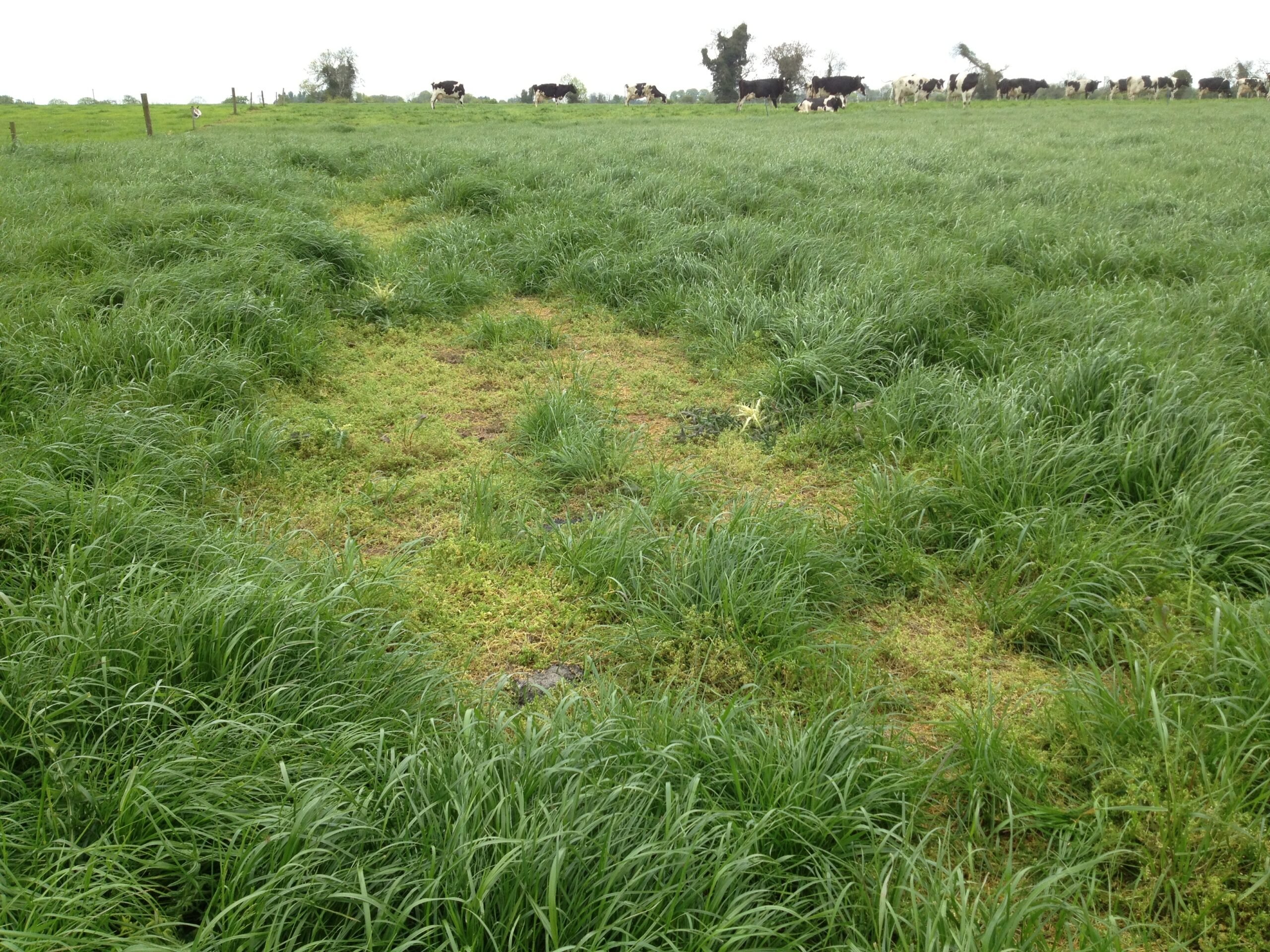Sponsored Article
It pays to kill docks before silage is cut
Sponsored Article

Dock-infested silage swards can result in a drop of silage dry matter of up to a tonne/acre as well as severely impairing quality.
Also, docks play havoc with baled silage.The mature stems puncture the film, resulting in serious wastage.
Application of fertiliser, especially nitrogen and potash, causes docks to thrive. So it does not make economic sense to spread expensive fertiliser on dock-infested silage swards. The best approach by far is to control the docks before the silage is cut.
DoxstarPro is proven in independent research and on countless farms as a highly effective product for controlling docks.
It is also the perfect product to control chickweed which can have a similar effect to docks on silage yields. Unlike other weed killers, it has the huge advantage of not affecting grass growth.
Timing is everything in getting a good, long-term weed kill in both silage swards and grazing pastures, said weed control specialist Chris Maughan.
The two golden rules of effective weed control are choosing the right product and applying it when weeds are at the right growth stage,” said Chris, who is technical manager with Whelehan Crop Protection.
He said weeds should be actively growing and be at the ‘rosette’ stage in order to ensure the most effective kill with translocated weed-killers such as DoxstarPro, PastorPro, Thistlex, Forefront T and Grazon Pro.
“This means that docks should be eight to 10 inches high or across and before a seed head begins to show. Thistles should have four to 10 leaves and be up to eight inches high. Nettles should be six to 10 inches high but should not have reached the flowering stage.
“If these weeds have gone beyond these stages in grazing pastures, it is best to top them and wait for two to three weeks regrowth when they should be at the correct stage for spraying. In silage swards, it is preferable to harvest the silage and wait to spray the aftergrass,” advised Chris.
Chris Maughan said there is still time to spray weeds in many first-cut silage swards. The ideal time to spray is two to four weeks after nitrogen is applied when weeds should be at the correct stage for a good kill.
“The key requirement is to wait for a minimum of three weeks after the weed-killer is applied before harvesting the silage. This ensures that the chemical gets fully translocated down to the roots, a vital factor in achieving long-term control.
“Remember the dock taproot can up to a metre deep. The roots of one creeping thistle can grow to cover five sq metres in one year and up to 80 sq metres in two years. This emphasises the importance of using powerful chemicals and giving them enough time to get right into the root system,” Chris said.
He said the nature of the weed problem will dictate the translocated product to be used on silage crops. If docks are the major problem, DoxstarPro should be used. If thistles are the predominant weed, use Thistlex.
Where there is a combination of weeds, PastorPro should be the product of choice. It is effective against docks, nettles and thistles as well as other troublesome weeds such as chickweed, dandelions and buttercups. A big advantage of all these products is that, unlike hormone-based products, they do not affect grass growth.
He emphasised the importance of adequate water volumes. In silage crops where weeds are likely to be shaded by dense grass, water volumes should be increased above the recommended minimum levels.
With grass growth behind this year, Chris Maughan said that weed-infested grazing swards are fast approaching the stage where a targeted spray programme will pay dividends.
He said the same rules about the correct growth stage of the weeds apply for grazing as for silage. The choice of chemical will again depend on the predominance of the weed population.
“Forefront T, the specialist weed-killer for grazing has become the product of choice for a growing number of farmers. It contains the most advanced chemistry in weed control technology and is a highly effective all-purpose weed killer.
“As well as controlling docks, nettles and thistles, it also kills other weeds such as buttercups, dandelions and ragwort.”
When it comes to spot treatment of weeds, there are few farmers who will not testify to the role of GrazonPro as a cost effective solution.
“As well as briars, GrazonPro is the ideal spot treatment for a wide range of other weeds including docks, nettles, thistles, gorse and buttercups.
“It contains two powerful root killing ingredients – triclopyr and clopyralid. Triclopyr is highly effective on brushwood/scrub and nettles. No other product on the market for knapsack application has as high a concentration of this powerful chemical,” said Chris.
GrazonPro should be applied at a rate of 60 ml in 10 litres of water using a conventional knapsack sprayer, a quadbike sprayer or a suitable lance on a tractor mounted sprayer.
“Where weed infestations are 5% or less, Grazon Pro is the weed killer of choice. Where infestations are higher, choose a product like PastorPro or Forefront T,” advised Chris.
Sponsored Article


